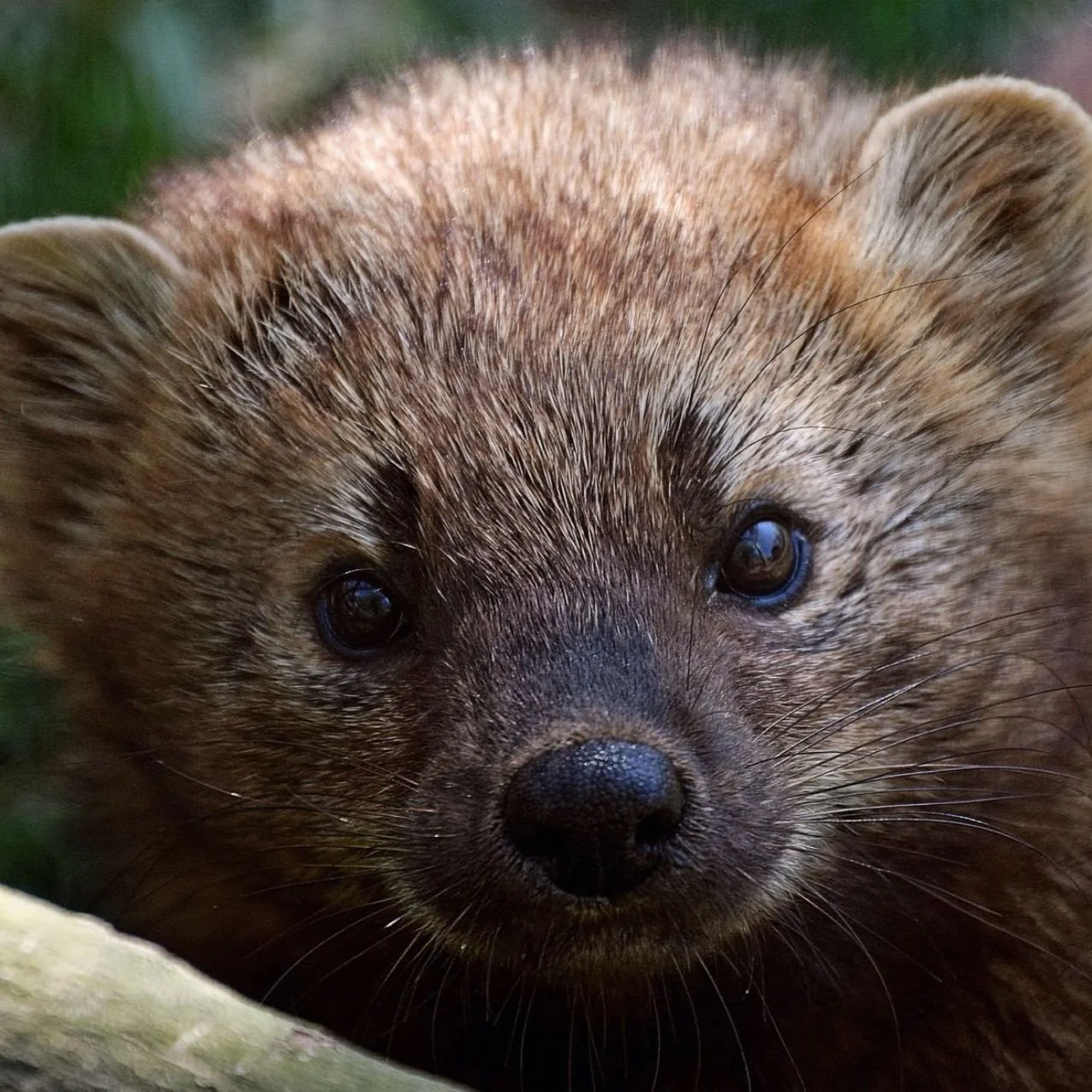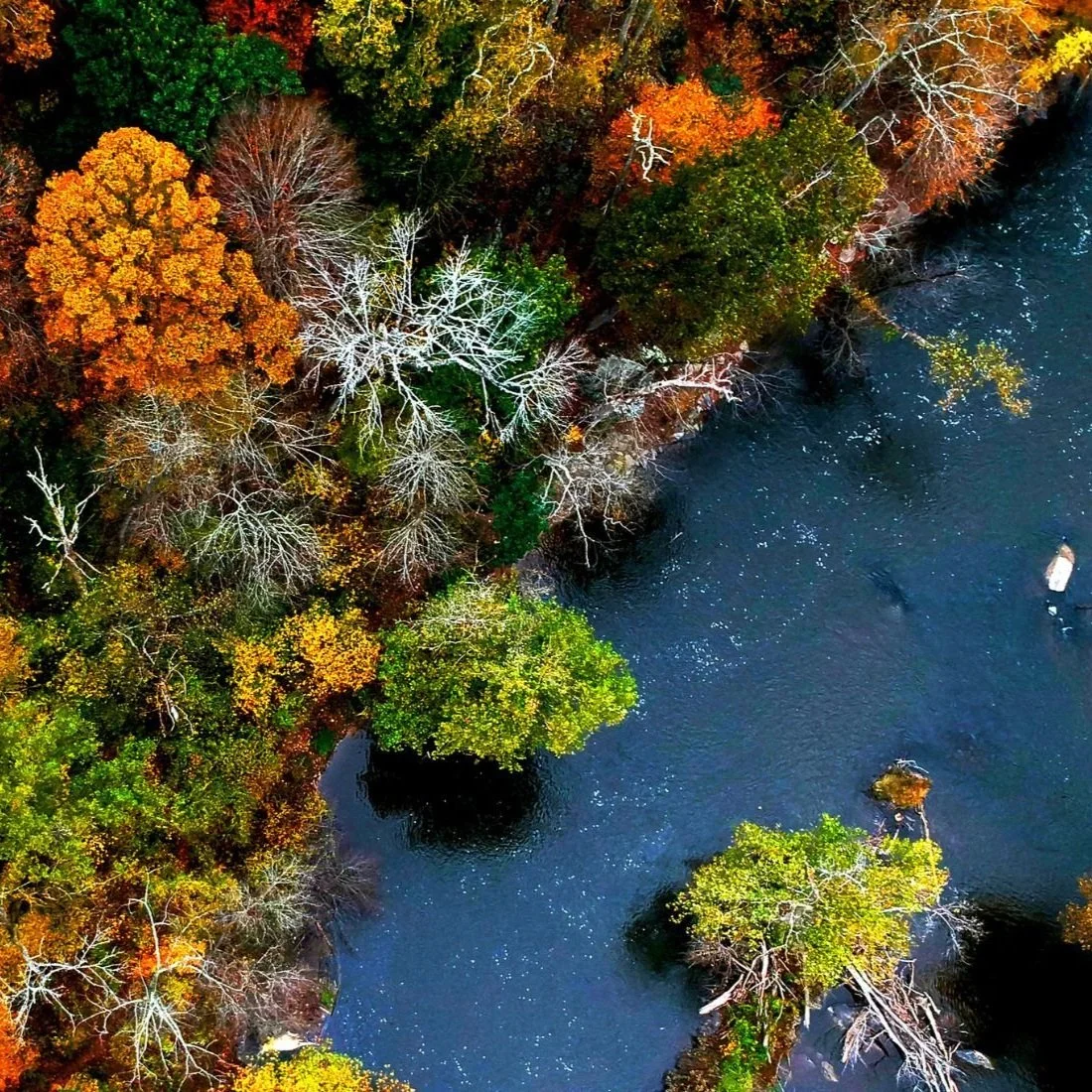7 local animals making a comeback thanks to clean water and conservation
/Less pollution in the Potomac is welcome news to local wildlife
If you haven't heard the news, the Potomac River is the healthiest its been in decades. And as happy as we are about that, we can't possibly be as happy as the fish, birds, and four-legged friends we share this river with.
Thanks to improving water quality and conservation efforts, we're seeing a return of some spectacular animals that have long been in decline.
Here are some of the animals that are heading back into our neck of the woods — or should we say bend in the river.
Bald Eagles
Photo by Richard ORR.
This spring it seemed like just about everyone was captivated by the "Eagle Cam" that live-streamed the hatching of two eaglets in the National Arboretum in Washington, DC. Those little eaglets, named Freedom and Liberty, were the first bald eagles to be born in Arboretum since 1947!
Our national bird isn't just making a comeback in the nation's capital; their numbers are also soaring in Virginia. A survey by the College of William and Mary counted 1,070 occupied nests this year. It is the first time more than 1,000 have been counted in Virginia since the survey started 60 years ago.
The bald eagle's comeback is thanks in large part to the banning of DDT, a pesticide that made eagles' eggs too thin to survive. But improving local water quality is also playing a role as eagles rely on fish for food. Cleaner water and improving fisheries means eagles are once again calling the banks of the Potomac home!
American Shad
BOB BISHOP HOLDING AN AMERICAN SHAD CAUGHT IN THE POTOMAC AT FLETCHER'S COVE. PHOTO TAKEN BY TOM GUFFAIN.
The Potomac River is a regional success story for the American shad, a fish that once supported the highest-dollar commercial fishery in the region but has faced massive population declines.
While the exact causes of shad’s return to the river aren’t entirely clear, a cleaner river, harvest moratoriums, stocking programs, new fishways, and the restoration of tidal grasses seem to have played a part, according to the Interstate Commission on the Potomac River Basin.
So just how well are the fish doing? At last check, the Potomac's shad population was exceeding restoration goals at 130 percent of the target! Shad’s comeback in the Potomac is uniquely successful as the Susquehanna, James, and other Bay rivers have seen minimal gains.
Seahorses
Seahorses? Here? That's right. These colorful creatures can be found throughout the Chesapeake Bay and some of its tributaries in the summertime. They thrive in salty water, so if you're looking to spot one, head south toward the lower portions of the Bay.
Increasing seahorse populations are an indication of improving water quality because seahorses rely on underwater grasses for food and shelter. Underwater plants can only grow in clean water that has oxygen and sunlight. Their return also means the Bay's salinity levels (how much salt is in the water) is in a healthy range. This is also good news for other aquatic animals, like oysters.
Blue Crabs
Helped out by an abnormally warm winter, the blue crab population is expected to grow by 35 percent this year, hitting a four-year high. Harvest restrictions and conservation efforts seem to be paying off, though experts are still cautious.
Blue crabs need thick underwater grasses to survive and reproduce. Dead zones, algae blooms, and cloudy waters have drastically reduced the amount of underwater grass in the Bay. But this year, thanks to clearer, clean water researchers are reporting a 30-year high in Bay grass acreage.
Beavers
Of all the animals on this list, it was the beaver that's been closest to extinction. But the last few decades have been kind to nature's engineers, and scientists are now learning just how beneficial these animals are to the environment. In fact, a recent study found beavers can actually reduce nitrogen pollution by building dams.
The Chesapeake Bay cleanup effort has also provided beavers with new habitat in the form of runoff control ponds and culverts, which beavers love to colonize. As more cities and town tackle pollution problems, beaver populations could even rebound further, Stephanie Boyles Griffin, a biologist with the Humane Society reports.
Ravens
This spring, for the first time in 100 years, a ravens nest was spotted in the District.
Ravens usually nest on mountain sides or cliffs, so as cities along the East Coast grew ravens left for more rural areas. But this intelligent, adaptable bird is making a comeback around the Potomac and finding a home where we might least expect it — among our urban infrastructure on the undersides of bridges.
“They think they’re up on the side of a mountain face, nesting in a cavity,” Dan Rauch, a biologist with the District’s Department of Energy and Environment told The Washington Post. “They don’t know it’s a bridge.”
Horseshoe crabs
horseshoe crab potomac river
Horseshoes crabs have roamed the earth for 450 million years. They're older than dinosaurs.
But in the last few decades as their numbers in the Chesapeake Bay and Delaware dropped, conservationists became concerned and local governments took action to protect the crabs. This summer, the hard work paid off as horseshoe crabs swarmed local beaches in the thousands.
Their return isn't just good news for them, though we're sure they're thrilled, it's also beneficial for migratory shorebirds, which rely on horseshoe crab eggs for food. This is especially encouraging news for the rufa red knot, a threatened shorebird that migrates along the East Coast in the summer.
Join our monthly giving program
and protect healthy habitats for local wildlife
Take action today and provide clean water and healthy habitats for local wildlife. Your monthly tax-deductible donation will provide us with critical resources to protect riverside forests and healthy habitats along the Potomac River.





















Curious to know why some animals prefer living in the liminal spaces of the day, and which critters to keep an eye out for on your next dawn stroll or twilight hike? Let’s illuminate this fascinating – and, if you ask us, underappreciated – side of wildlife behavior!